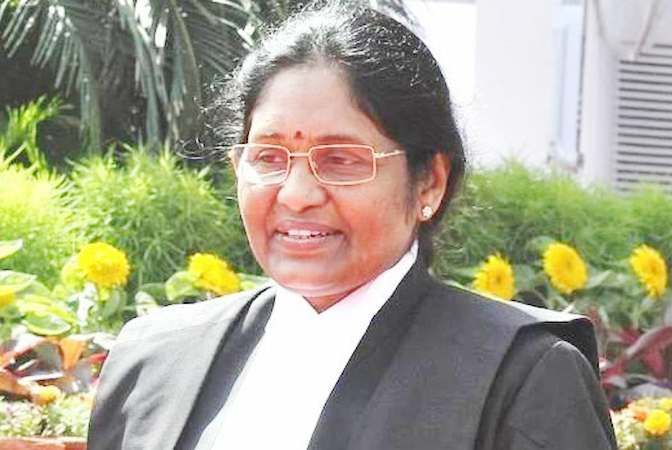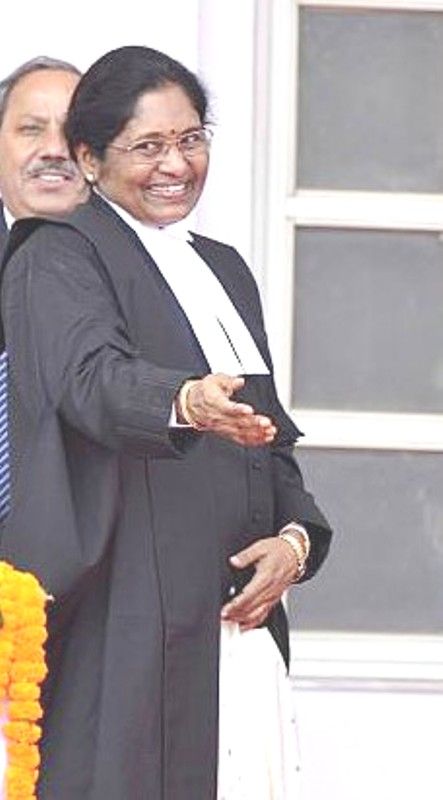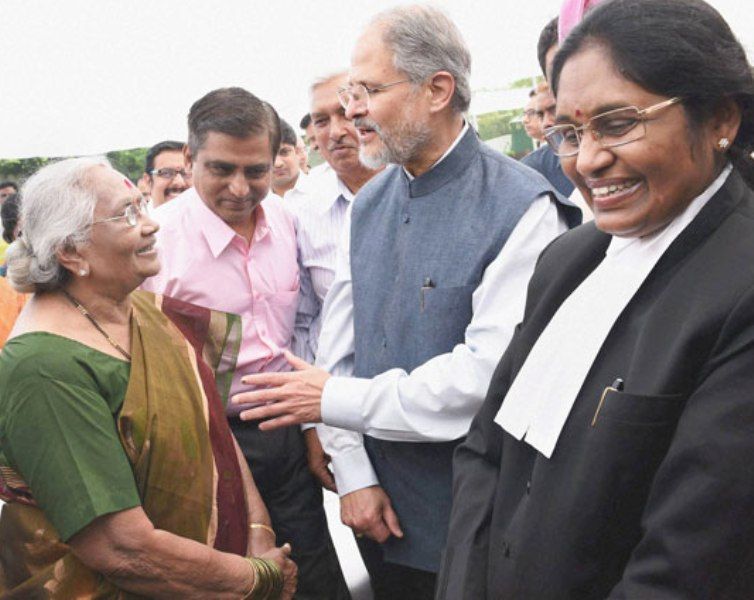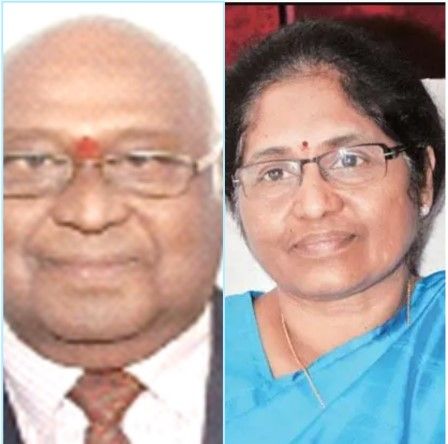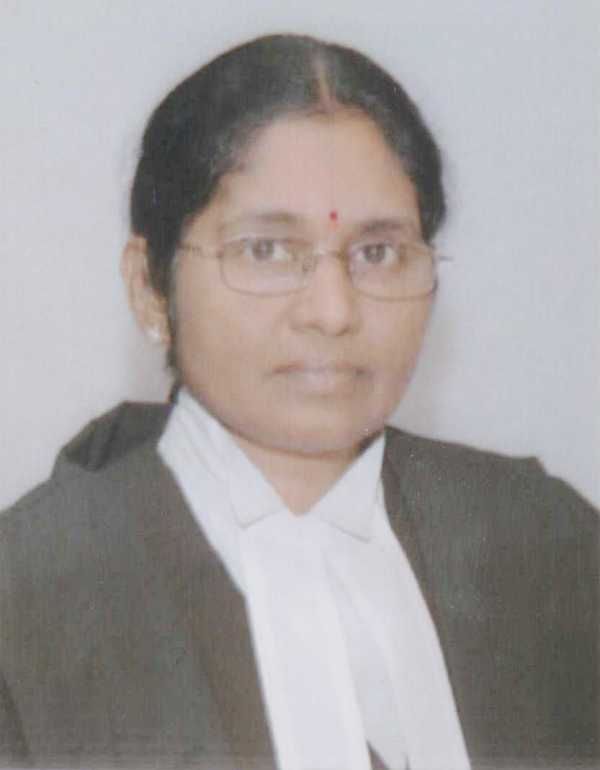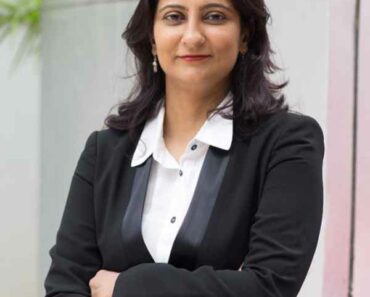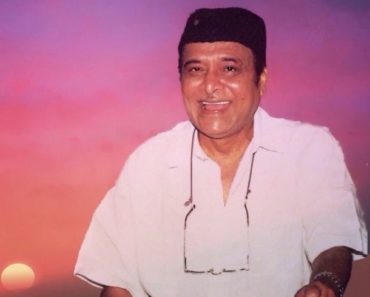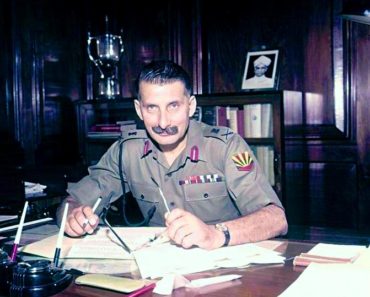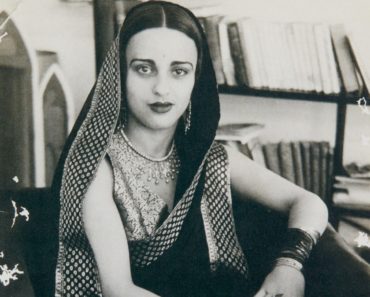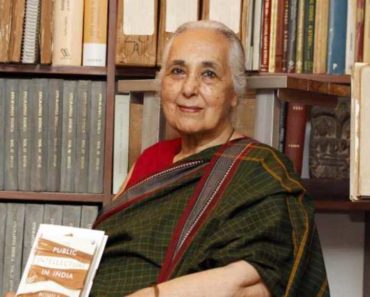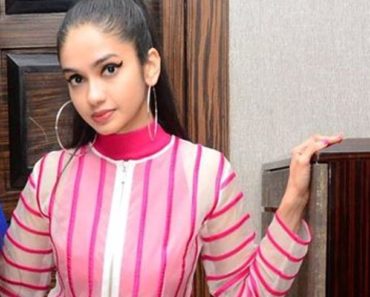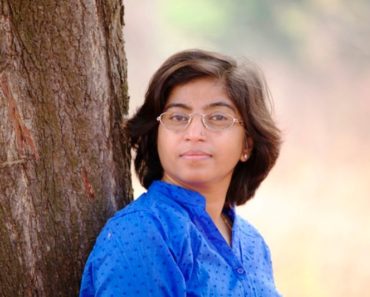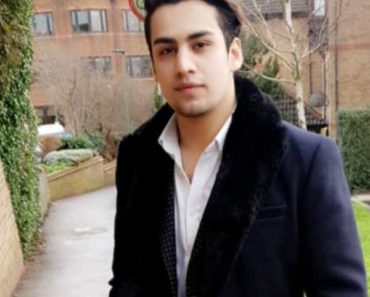G. Rohini is a former Indian judge who has served as the first woman Chief Justice of the Delhi High Court and the chairman of the Rohini Commission, which was constituted in October 2017 for the sub-categorisation of Other Backward Classes groups.
Contents
Wiki/Biography
G. Rohini was born on Thursday, 14 April 1955 (age 68 years; as of 2023) in Vishakhapatnam, Andhra Pradesh, India. Her zodiac sign is Aries. In 1976, Rohini earned a bachelor’s degree in Science from Osmania University, Hyderabad, Telangana. After that, she went on to study Law at the College of Law, Andhra University, Visakhapatnam, where she graduated with First Class honours. [1]Mint
Physical Appearance
Height (approx.): 5′ 5″
Weight (approx.): 60 kg
Hair Colour: Black
Eye Colour: Black
Family
Parents & Siblings
Rohini’s mother’s name is G. Savitri. She is a homemaker.
Husband
There is not much information about G. Rohini’s marital status.
Caste
G. Rohini belongs to the OBC community. [2]News Canvass
Career
Advocate
Rohini enrolled as an Advocate on 18 December 1980 and joined the Office under Sri Koka Raghava Rao, advocate, and then Chairman of the Andhra Pradesh State Bar Council. She had the opportunity to participate in legal journalism actively and initially worked as a reporter for Andhra Pradesh Law Journals, founded and edited by Koka Raghava Rao. In 1985, she was promoted to Executive Editor of the AP (Andhra Pradesh) Law Journals. Rohini practised mainly in the Andhra Pradesh High Court, Administrative Tribunals and Civil Courts, appearing in various types of Writ Petitions, Civil, Criminal, Labour, and Service matters.
On 12 January 1995, she was appointed as a government pleader in the High Court of Andhra Pradesh and held the position until her elevation to the Bench. As a government pleader, she was responsible for various departments including Food & Civil Supplies, Science & Technology, Environment, Energy, Finance & Planning, and Employment & Training.
Judge
Andhra Pradesh High Court
On 25 June 2001, she was sworn in as an Additional Judge of the High Court of Andhra Pradesh. On 31 July 2002, she was appointed as a Permanent Judge in the High Court of Andhra Pradesh, where she presided over a wide range of cases, including constitutional and criminal matters. [3]High Court for the state of Telangana She has served as the head of the Andhra Pradesh State Legal Services Authority and the chairperson of the Andhra Pradesh Judicial Academy. She also headed Andhra Pradesh Juvenile Justice Committee and released a manual on the rights of women.
Chief Justice of the Delhi High Court
In 2014, she became the first woman judge to hold the post of Chief Justice of the Delhi High Court succeeding N.V. Ramana, former Chief Justice of India. She served a term of three years before retiring on 17 April 2017. During her tenure, she was part of various landmark cases such as the tussle between the Centre and state in the exercise of administrative power in Delhi, the plea of telecom companies regarding call drops, privacy concerns surrounding messaging platform WhatsApp, and the audit of power distribution companies by the Comptroller and Auditor General of India (CAG).
Chairperson of the Rohini Commission
On 2 October 2017, President Ram Nath Kovind appointed a Commission to examine the sub-categorization of Other Backward Classes, exercising his power under Article 340 of the Constitution. The Commission, consisting of 5 members and chaired by G. Rohini, was tasked to ensure that the much backwards among the OBC communities could access the benefits of reservation for educational institutions and government jobs. Sub-categorisation aimed to create quotas within the 27% reservation to provide more opportunities for historically underrepresented and marginalised OBC communities. The Commission, later known as the Rohini Commission after its chairperson, was given 12 weeks to submit its report but its tenure was extended nearly 14 times due to various reasons, including the COVID-19 pandemic. On 31 July 2023, after almost six years, the Rohini Commission submitted its report to the President of India, which was not made public as the Narendra Modi-led BJP Government stated that it would discuss the Commission’s recommendations with all stakeholders before reaching any conclusion. The Rohini Commission was entrusted with four tasks –
- Examine the inequitable distribution of benefits among OBCs listed in the Central List.
- Propose a scientific approach and parameters for sub-categorisation within OBCs.
- Identify and classify the respective castes or communities into their respective subcategories.
- Study the entries in the Central List of OBCs and recommend corrections for repetitions, ambiguities, inconsistencies, and errors in spelling or transcription. [4]The Hindu
According to reports, the Rohini Commission recommended dividing the 2633 OBC castes in the central list into four sub-categories, numbered 1, 2, 3, and 4. These sub-categories were proposed to split the 27% OBC quota reservation into proportions of 2%, 6%, 9%, and 10%, respectively. [5]The Economic Times
Facts/Trivia
- G. Rohini’s full name is Gorla Rohini. [6]Deccan Herald
- In 2018, the Rohini Commission conducted an analysis of data from 1.3 lakh central government jobs and OBC admissions to central higher education institutions over the previous years. The analysis revealed that 97% of the benefits of reservation went to just 25% of OBC castes, while the remaining, more backward castes remained marginalized.
- The commission’s analysis found that approximately 983 OBC communities, representing 37% of the total, had no representation in jobs or educational institutions. This highlighted the need for sub-categorization within the OBC community.
References

